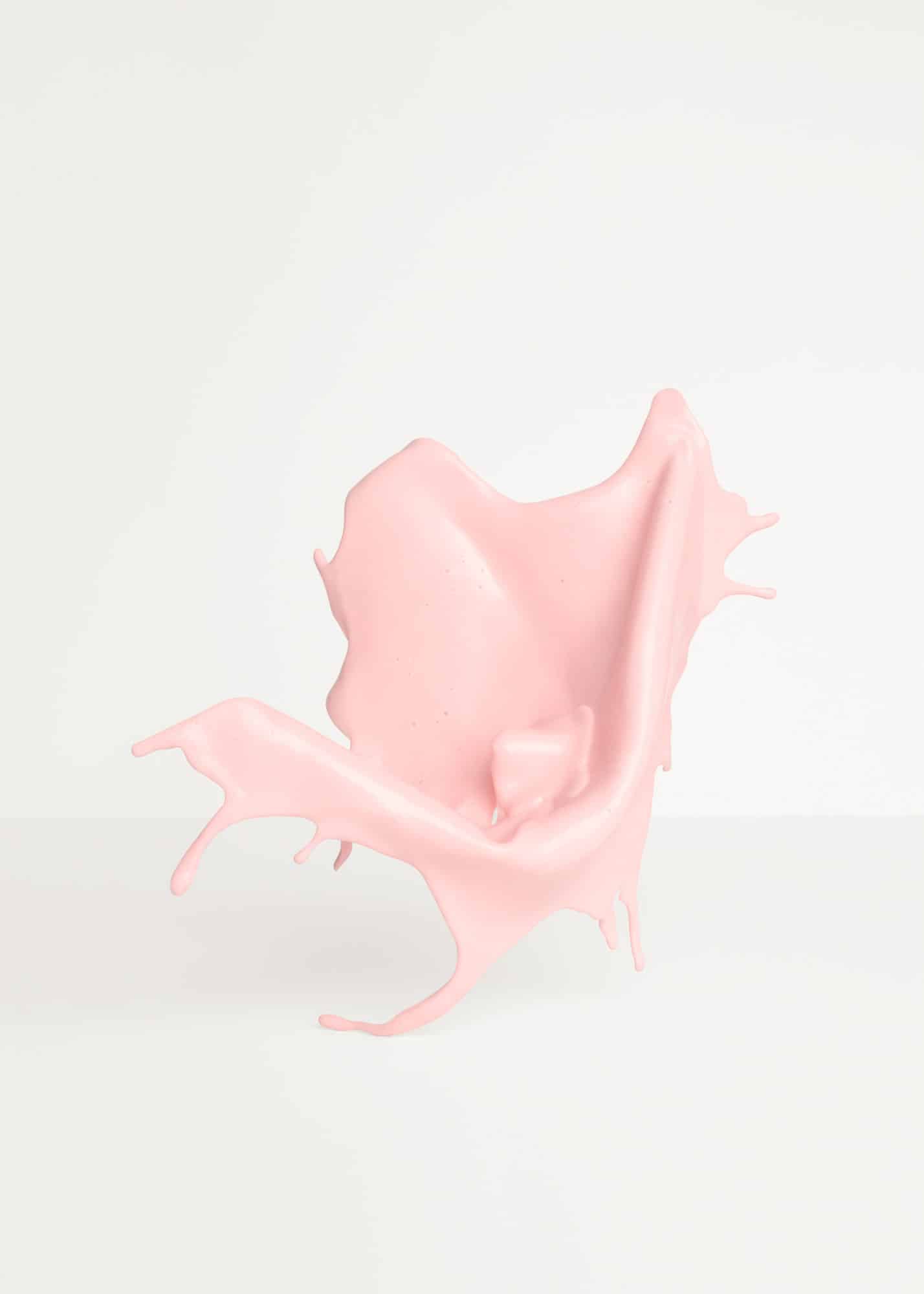In these troubling times filled with uncertainty, I had the pleasure of coming to a transient standstill to hold a conversation with Marta Zgierska undoubtedly, one of the most interesting photographers of the younger generation, a photographer of remarkable sensibility. While discussing her various experiences, the artist tells us how to navigate the complexities of the art world that can easily throw a person off balance. Additionally, she speaks of her inner struggles, the path toward defining her creative approach, and working on her latest series of photographs Votive Figure and Afterbeauty.

Marta Zgirska, Votive figure
Patrycja Głusiec: In 2016, you won one of the most prestigious photography awards, Prix HSBC pour la Photographie, for your series Post. The verdict of the competition’s jury allowed you to create your own photobook and organize a string of exhibits. What does this award mean to you?
Marta Zgierska: Exactly. The win provided me with the opportunity to showcase my work across France, in both public institutions and commercial galleries. My shows were held in Paris, Metz, Bordeaux, Mougins as well as in Geneva, Switzerland. The book published by Actes Sud, a prominent publishing house in France, had its premiere during Les Rencontres d’Arles. I cherish that publication in particular because it features the personal, excellent essay written by Christian Caujolle, an extraordinary thinker and photography critic from France.
PG: Could you tell us how the award influenced your growth as an artist?
MZ: I won Prix HSBC pour la Photographie very early on, a year after my graduation. This incredible honour opened a lot of doors for me. I was thrown in at the deep end and, surprisingly enough, had to face a slew of practical tasks. First of all, I acquainted myself with French people, the way they think and do things is slightly at odds with our more down-to-earth perspective. The entirety of the exhibit was prepared in Poland, so that I could oversee the production process in person and significantly lower the costs. Because of this I had to shoulder additional responsibility. I learned a lot from it.
Marta Zgierska, Post
Marta Zgierska, Post
PG: Did the awards boost your confidence as a photographer and strengthen your belief that you should continue pursuing photography?
MZ: Sure, awards give you a kind of confidence, a little bit of swagger. However, their long-term impact depends purely on a person’s character and the way one works on it. I’m far from an ideal, I often downplay my own success or achievements when it’s just me, alone with myself, in front of a mirror.
I’m definitely the type of person whose ambition chips away at their insides, a person attuned to the indicators of value in what they do. Nothing good comes out of it. The lack of resilience makes it easy to lose your footing. I mention it because heaps of people function like this as well.
PG: We often see that the completion of a given project is co-funded by some organization. Grants allow artists to concentrate on their work and implement creative ideas. What does it look like from your perspective? What’s your approach to externally funded art projects?
MZ: I don’t just go from one grant to the next. I can’t and don’t want to line up my projects or contacts just to obtain funding and ensure my financial stability. Besides, my works hold no editorial potential nor could they be lumped together with any momentarily hyped subject matter.
I would consider grants from a different angle. How often do all these tasks, priorities and calculations divert artists’ attention away from the quintessence of their creative practice? How many of these projects could be treated as “commissioned” jobs bearing at least some resemblance to accepted photoshoot offers?
Many people raise the alarm about the perils of this mode of thinking: from-to, specific timeframes, exact number of photographs to be taken, project’s components existing only to fulfill the requirements of a scholarship programme. From the point of view of artist as a free and creative individual, there’s probably nothing worse than falling prey to the project-driven system in which grants no longer support one’s artistic aspirations but become their source of income. It’s something I’ve observed many times over in the world of photography.
Of course, one could also invoke the argument that deadlines help finalize and complete the projects, which clearly, they do, but I’ve got my doubts whether it always happens at the right time or perhaps prematurely. It is best if you can write the project in a way that lets you do exactly what you want to be doing, tapping into those funds at the same time. You see, when you are interested in some marginal aspects of abstract painting for instance, you would have no inclination whatsoever to create any type of work about discovering Warsaw.
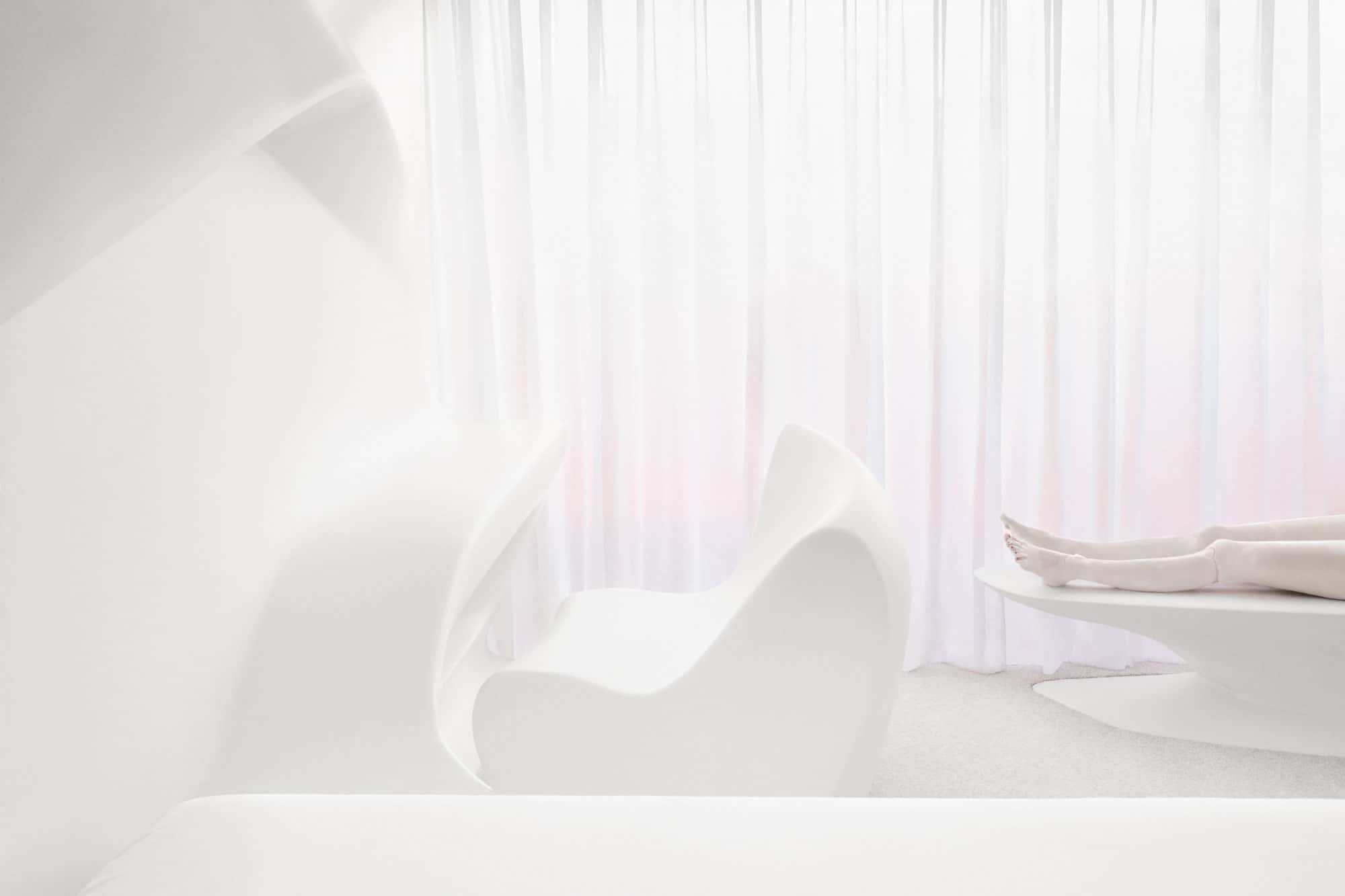
Marta Zgierska, Votive Figure
PG: Have the grants you received supported your practice substantially?
MZ: Until this point, I’ve received awards mostly for my previous art works, as opposed to funds for future projects. Certainly, both forms of financial support help cover the costs of production while enabling artists to devote themselves fully to the creative process. From my own experience, I can say that an art prize gives you a completely different and a greater burst of energy than project grants. It’s an affirmation you’re on the right track that doesn’t involve additional obligations.
Nagroda Twórcza Mazovia helped me a lot. In this case, the council hands out prizes for artistic achievements, dissemination and preservation of culture. I won last year, which was full of art shows and international visits. The production of a fully professional photography exhibit, especially if it features large-format prints, calls for a large budget. As far as my own work is concerned, usually the preparation of the show incurs higher costs than those of creating the pieces themselves.
PG: Would you say it’s possible to work as an artist while engaging in other endeavours which have nothing to do with art at all? In one of the latest issues of our print magazine, we asked some artists about taboo topics in the art world, and, as it turns out, one of them is the financing of creative practices; Numerous artists are still unable to support themselves without taking other jobs on the side.
MZ: In my opinion, there’s nothing wrong with non-artistic undertakings. We’ve got to pay our bills somehow. Besides we can do and enjoy a variety of things. Ideally, we should maintain the type of situation where no other job distracts from what’s most important to us, in this case that’s presumably art.
Unfortunately, it all boils down to the financial support for artists provided by the government. The general respect for art, arts education, public expenditure on culture, not to mention the art market are clearly lacking. I often have a chance to compare the kind of assistance offered to the artists in Poland to a number of Western European countries. The differences are staggering. And I’m not talking just about grants where you do something in exchange for something else, but support that would foster artists’ unimpeded creative growth, providing some sense of stability. Sometimes, all an artist needs in order to flourish is a clear head – clear of financial anxiety, insurance or studio ownership.
The outbreak of the current crisis and the pandemic clearly brought this matter to the fore. For now, we can only count on the scholarship competition. An artist willing to contribute to this whole business of overproduction could at least, with some luck, earn a little bit. I thought we were supposed to stop for a minute and connect with ourselves, reconsider our values perhaps. Instead, we hastily create these artsy “concoctions” as part of the digital culture. I wish other assistance programmes were available, especially in these dire circumstances, helping artists with their livelihood and practice.
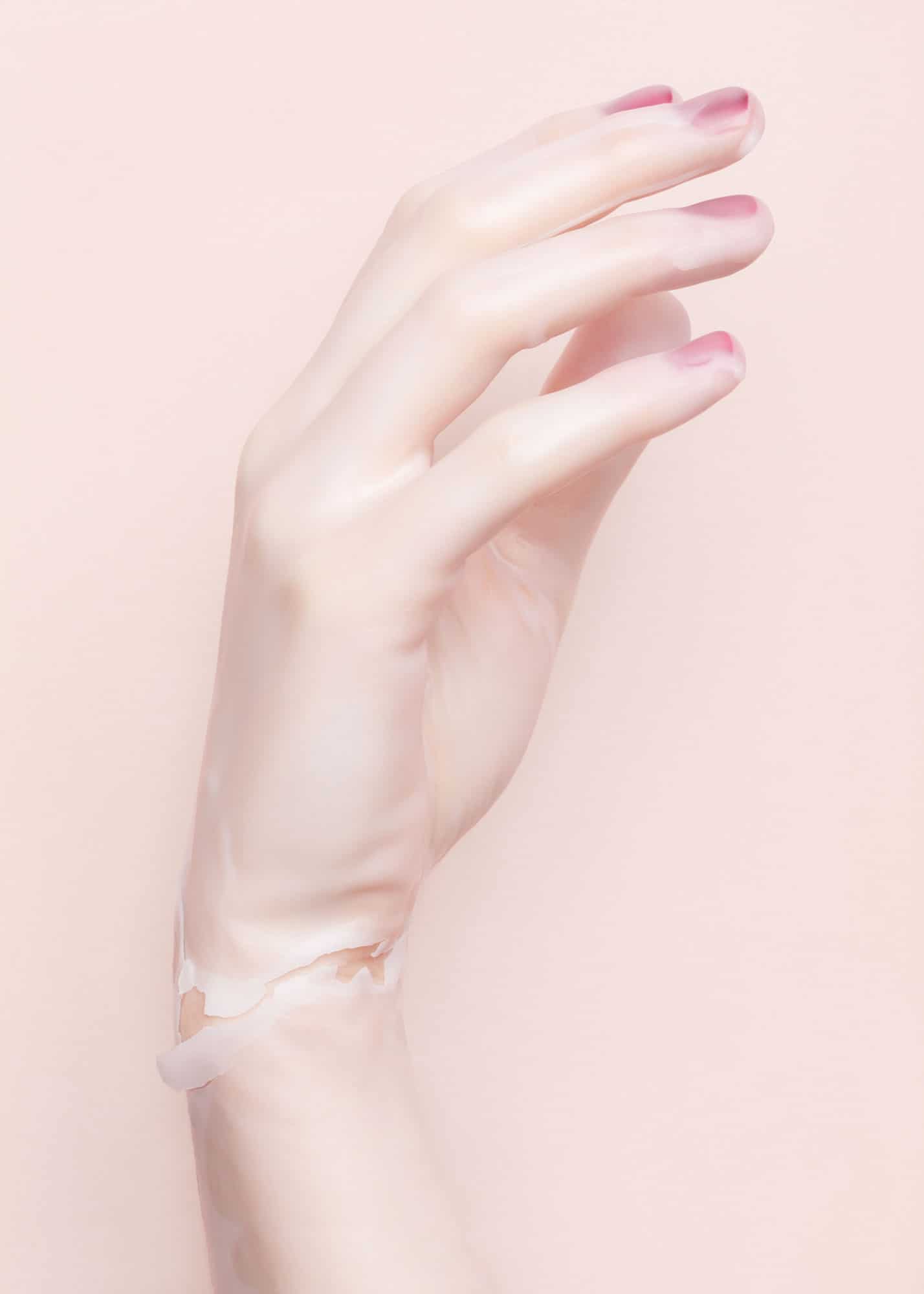
Marta Zgierska, Votive Figure
PG: Are these favourable working conditions even an option without the grants?
MZ: I assume we’re talking about artists starting from scratch here, not those born with a silver spoon in their mouth. Many artists run their own studios at the academies of fine arts and find interactions with students stimulating. With just the right balance of time dedicated to their own practice, it does seem like a favourable solution, doesn’t it?
Regarding full-time work exclusively as an artist, with no other engagements…well, it’s possible but it’s definitely hard to achieve. The crux of the matter is the uncertainty of the artistic profession. No single month is just like another. You can’t always make solid plans or predict the future fully. I earn my living from collaborations with art galleries, as well as participating in a variety of art initiatives and exhibitions. Two galleries in Geneva and Paris, which chose to represent me, regularly display my works at art fairs and their own shows.
PG: Is the ability to network and maintain connections essential for today’s artist? Does this particular skill play a huge role in establishing one’s own position in the art world? Throughout the years, you have participated in a multitude of photographic events. Did the contacts you had make it somehow easier for you to navigate the art scene?
MZ: I guess it’s no secret that networking and maintaining connections are crucial for publicity – not only in the arts. Every meeting can potentially lead to some unexpected offer in the future. And I don’t mean any malignant practices, which needless to say do occur. I mean if a curator is completely unaware of your existence, the chances they’d invite you to present your works on an exhibit are pretty slim. Everyone tries to familiarize themselves with the scene in a manner that suits them best, to stop being the dark matter well, unless they’re an outsider – but we’re talking about the desire to operate within the art circles and not outside of them. I suffer from lack of connections but that’s on me and myself only.
PG: Not everyone is extremely outgoing, though. Is an introverted and withdrawn person be capable of gaining notoriety? Would you agree that a mentor plays a large/significant role in that scenario? Does the artist need to possess a feisty spirit or will their undiluted honesty shine through?
MZ: I believe bravado to be far from indispensable. It irritates me personally. I value artists who are more subdued. There’s value to contemplation and the quiet that recently seems to have been forgotten. I suppose you can achieve a lot regardless of your type of personality, though people who lack a kind of “easiness” can miss out on opportunities more.
I’m an introvert myself. Additionally, I’m treated for a mixed anxiety and depressive disorder. For me, openness requires either a deeply familiar terrain or some sort of validation (while delivering a lecture for instance). At times, I navigate unwittingly steer my connections unwittingly because my actions are governed predominantly by character and psychology. I submerged myself in a the personal relationship. It’s soft and safe inside, and probably not healthy, keeping such a distance from the world, I mean. But it’s good we have each other.
It’s all patently clear during the quarantine. I’ve recently had to attend a videoconference with a group of people and counted the number of words I articulated. It wasn’t so hard since the total was zero. On top of that, everyone was already fed up with the pandemic videoconferencing. For me it was the first quasi-social interaction in weeks.
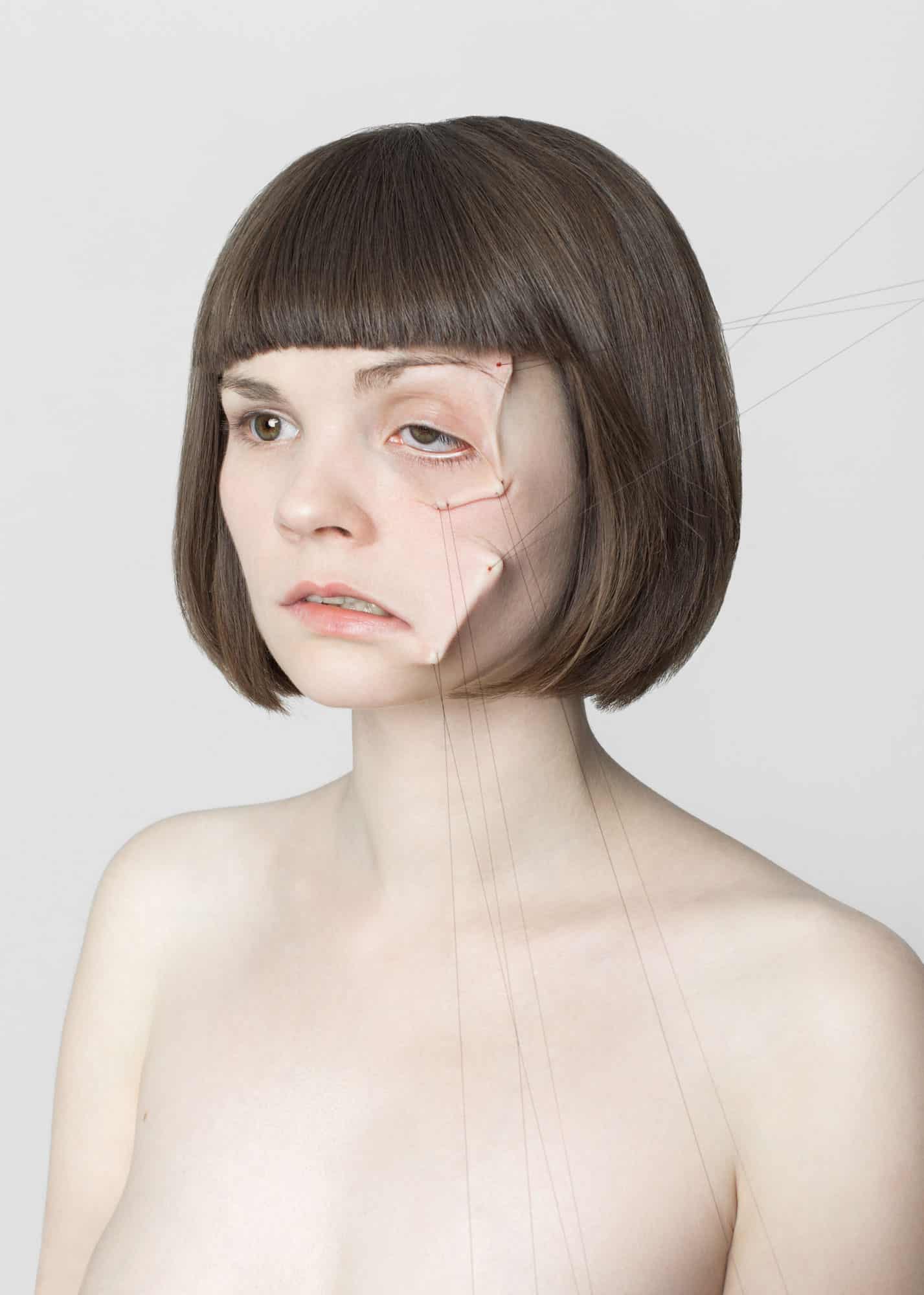
Marta Zgierska, Post
PG: Would you agree that a mentor plays a significant role in the case of an introverted person?
MZ: Why would the role of a mentor suddenly matter more in case of an introverted person? Mentorship is an entirely separate matter. I believe introverts often need someone who can pull them to the surface, introduce to other people and the community, showcase their work, give them a chance.
PG: In fact, the series of photographs Post and Numbness (displayed in the Fort Institute of Photography in 2018) present your own self-portraits. Unsettling emotions enclosed in the highly aesthetic images could be interpreted as trauma processing. What compelled you to concentrate on such personal emotions in your art practice?
MZ: Life happened, went into this one direction and not the other. I perceive an artist’s journey as intricately linked to their own life. No matter how strongly we wish to separate ourselves from our biographies, the things we create will always come from the inside.
PG: When you attended a meeting from the series We Are All Photographers held in Warsaw, you mentioned that documentary photography wasn’t for you because it was exceedingly difficult to form connections with strangers, which begs the question of why you pointed the camera at yourself.
MZ: During the meeting We Are All Photographers, and the accompanying publication under the same title which has recently been published, I tried to examine the process of reaching consciousness but also, and above all the hardships we face all the time and whether there is a potential strength to be derived from those hardships. I was asked to provide the answer to a question about growth. As a young author, I found this task quite daunting since I had to portray the way in which one could find their bearings in the world of photography and do their own thing. I agreed because in my mind the insider’s perspective where there’s no distance could really be of great value and assistance.
I wouldn’t take the statement that documentary photography isn’t for me out of context. It was part of the story about somewhat crystallizing interests and needs. It’s good to personally reach the stage where you can discard superfluous needs, those originating from current trends and schemas imposed by contemporary masters of Polish photography, for instance.
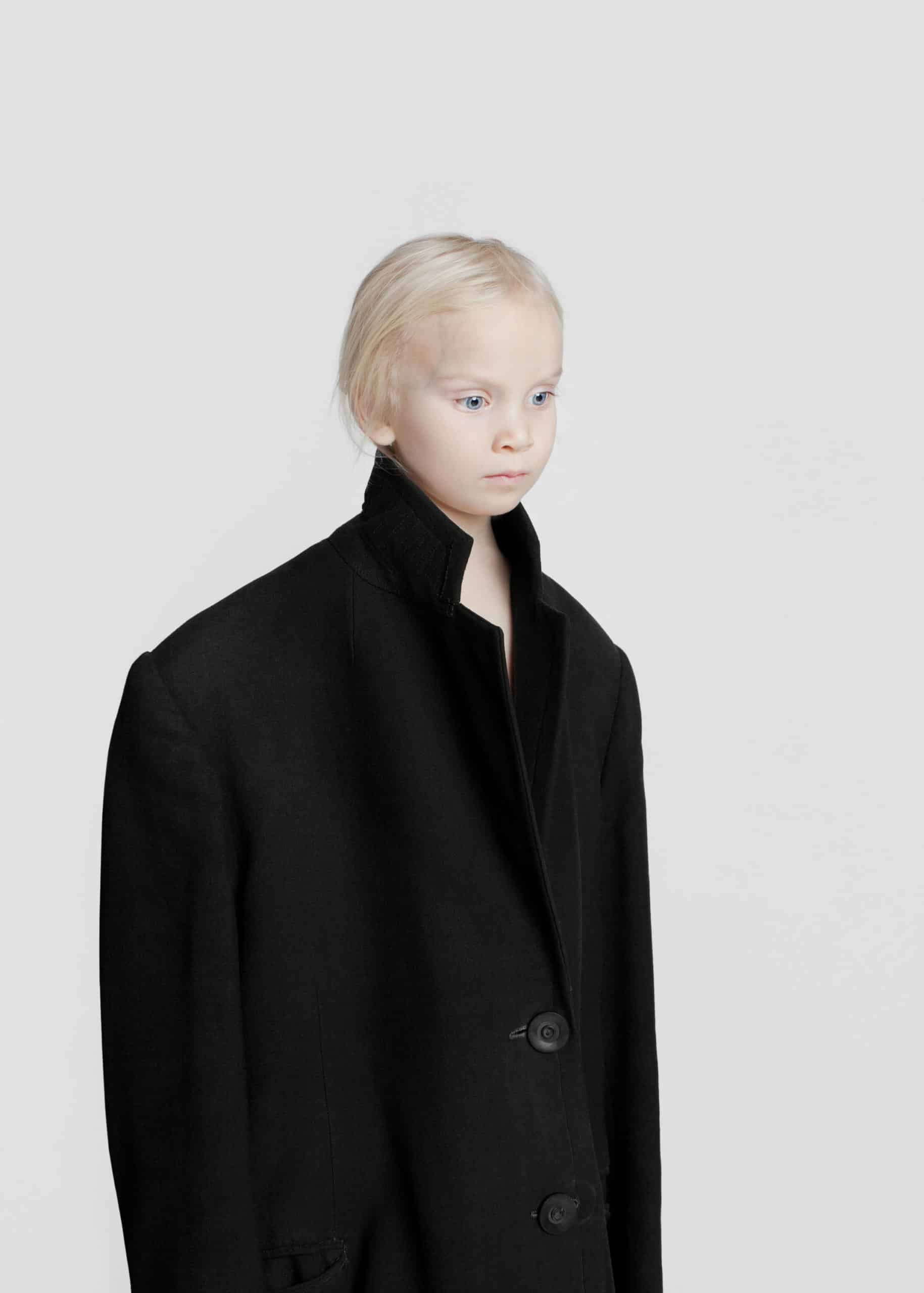
Marta Zgierska, Post
PG: You also became your own model.
MZ: It’s not like I model for my own sake. It sounds as if I could’ve just collaborated with a random model on one of my former series, and only fear prevented me from doing so – hence I turned to myself. It doesn’t work that way. It’s not the reason why one works with their body. I would’ve engaged another person to pose for photographs if such need actually arose, for any of my projects. It wouldn’t be the first time, after all. I drove half way across Poland just to take the portrait of one girl since I knew it would be one of the key images from the Post series.
PG: How do you cope with the role of a model and intimate emotions stirred up by the role?
MZ: What’s crucial is the fact that I’m not just posing, I’m in the midst of an inner struggle. My body becomes the material I work with and utilize throughout the entire creative process. A car accident has disrupted my physicality quite drastically. Naturally, I embraced my body as an artistic instrument as it crossed a certain barrier. The skin-deep shame dissipated at the hospital. I have no qualms about using a body to investigate the reality.
The photograph from Post featuring my own body and the chair installation, used to serve as my go-to example of an image of enormous potency, which, in my opinion, derived from the fact that I draped myself with the chairs while my broken spine, ribs and stitched abdomen hindered my movements and taking deep breaths. Though invisible, this aspect builds the density of the photograph.
After a recent, hours-long shoot for the series Votive Figure, I found myself lying on a bed unable to turn over or move my core even in the slightest. Not until that moment had I realized that the creation of each photograph still caused me physical, often excruciating pain – despite many years having passed. It has and will persist. I can’t bend over, stand or remain in one position for extended periods of time without experiencing physical pain. I learned to ignore it, treat it as something normal, as something mundane rather quickly, probably too quickly, but that’s my own stigma.

Marta Zgierska, Votive Figure, Selfkiss
PG: Is there any correlation between the projects you unveiled in IFF and your early series? Your past projects, such as Port Praski and Oskoma, offered criticism of today’s world, to put it briefly. Through landscape photography, you depicted artificial needs which fuel the collapse of our reality.
MZ: I see my early works as student projects that allowed me to arrive at a certain level and point of view. These were certainly works filled with inner struggle: incomplete, devoid of agency, still germinating. In a way, I had to assemble the set of tools I’m using currently to create new forms of expression. However my interests still oscillate around closely related subject matters: around the identity of a human being facing contemporaneity, its corruption, perils, inequality; around what’s liminal, and the quality emerging from a borderline experience; around the emptiness, inner tension, perception of the self in solitude, including the female self.
Marta Zgierska, Afterbeauty
Marta Zgierska, Afterbeauty
PG: Could you tell us more about your recent art shows in France featuring works from the series Afterbeauty and Votive Figure?
MZ: Afterbeauty had its actual premiere in Poland, at two simultaneous shows in early 2019; the pieces were displayed at my solo exhibit in the Biała Gallery in Lublin titled Blush, as well as the Artgenève art fair. The exhibit in Lublin holds a special meaning for me, it was my first extensive art show taking place in my hometown.
The series Votive Figure, which I’ve been working on since late 2019, elaborates on the themes tackled in Afterbeauty and marks a sort of return to the “photogenic” image. The juxtaposition of these two formally distinct series of photographs hanging on the walls of a shared space revealed how in fact, they greatly complement each other. The majority of the exhibits held the same title as the show in Lublin – the word ‘blush’ carries rich connotations and successfully evokes meanings embedded in my latest works. In 2019, I presented my new projects on four solo shows in total, another show in France closed in March. During my solo exhibition in DongGang Museum of Photography in South Korea, I was pleasantly surprised to be named the artist of the year. Sounds glorious. [laughs] The group exhibit in Fotogalerie Wien was also a great experience worth remembering. I was invited to present Afterbeauty in the context of a ritual.
PG: The beauty of your aesthetic images captivates your audience. Yet, these abstract forms are constructed from used facial masks (Afterbeauty), encapsulating the remnants of a process in which one wants to achieve a desirable effect.
MZ: My intention was to create alluring objects, something pretty to put it bluntly, that at first contact invites the viewer to an aesthetic reception. The process lies beneath this layer. Afterbeauty is a recreation of a ritual. In order to obtain materials for my works, I force myself to place the mask on my face multiple times and repeat this gesture until it damages my skin. The material used is the waste from beauty treatments which might even have something in common with the abject.
Besides, I felt exhausted by all the images I kept stumbling upon. Selfies in facial masks, phony poses, relentless exploitation of their own attractiveness by women and women artists. I felt the need to relinquish figurative representation, employ a different approach and tell the same story, the story about expectations regarding female image, the human need to prolong one’s youth and beauty, the story stripped off depictions of woman’s body. In Afterbeauty, the presence of my face’s imprint remains permanent though often hidden on the other side of the photographed object. To me personally, the piece deals with the helplessness of self-care practiced on a daily basis, repetition and exponential magnitude of a ritual, which I would never perform in my normal life. It’s all a matter of habits and practices, apparently. But some things linger firmly within us, and we eventually turn to them and consider them.
PG: In the project Votive Figure, you make a sacrifice of your wax-covered body to the new modern deity.
MZ: Subsequent works are all built around the repeated gesture of covering my body in wax since it harbours an enormous semantic potential when used as a material. At the same time, I refer to the tradition of religious ex-voto: make a symbolic sacrifice in order to become beautiful.
Instead of making the votive offering of wax, I use wax to make literal and corporeal figures. I submerge my body in hot wax. The initial works focus on a detailed study of the wax-covered body. Everything seems soft, rounded, pleasant, wax reminds one of sugar frosting. Meanwhile the process itself is neither pleasant nor pretty. It has little to do with the surface of the image. Wax burns, gets into your nose, makes your lashes fall out and makes your hair stick together.
In my latest works I take this wax figure, this victim, into perfect spaces – retro-futuristic interiors or microworlds enveloped in pink plush upholstery, with beautiful mirrors and curtains, representations of our aspirational lifestyle, all colourful and fancy. And yet absolute alienation and loneliness ensues.
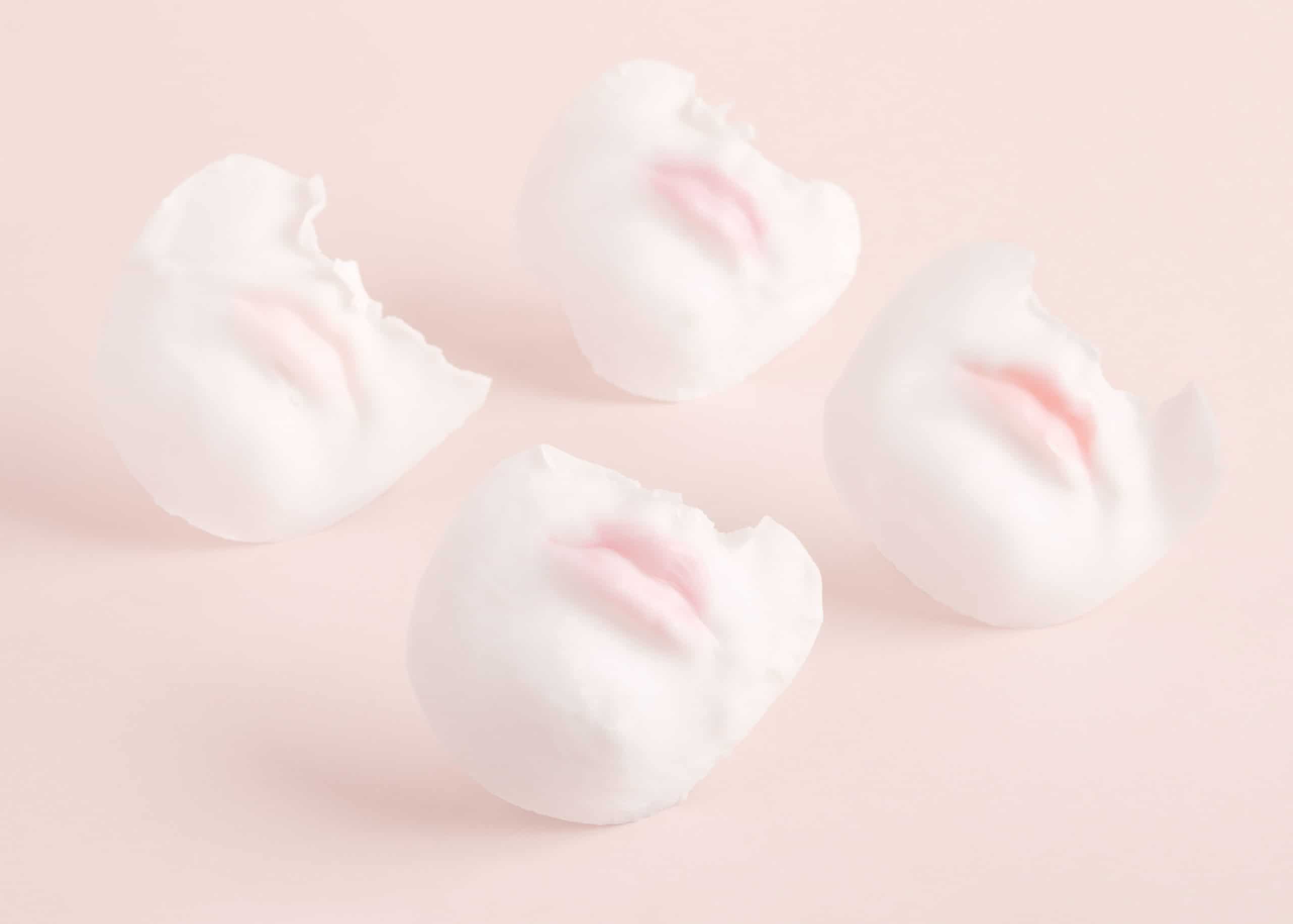
Marta Zgierska, Votive Figure,
PG: Are you planning to continue your exploration of the modern beauty canon?
MZ: I don’t know yet. This obsession with selling and caring for one’s body verges on consumption. Body and beauty became commodities. Their nourishment and display are the sole activity and way of life for a ridiculously large group of people. In my opinion, it’s a lens of sorts, concentration of contemporary mechanisms – intensified, global, interconnected, democratic. I’m interested in the individual encumbered by it all.
PG: Will your upcoming projects include an element of play with a viewer which you employed in the aforementioned series?
MZ: They certainly will, at least for now. This game with an audience arises from my observation of the way in which our perception is shaped by reality. We judge a book by its cover, its packaging, we have no time to properly look at its content, we’re falling behind. In Afterbeauty, I deliver the image operating in a vacuum, a pretty form in popular, delightful pastel tones, with colourful frames, an additional packaging of sorts. On top of that, you get the catalogue oozing glamour, an exclusive illustrated volume in blushed colour palette, an ideal point of termination and standstill.
In Votive Figure, the play transcends the levels of aesthetics and discovery process. I use the archetypes and motifs associated with female vanity, male gaze. Still, there’s a dissonance in the image. It seeps out of the cracks, fissures, scars. Death hangs in the air despite our desperate attempts to push it away.
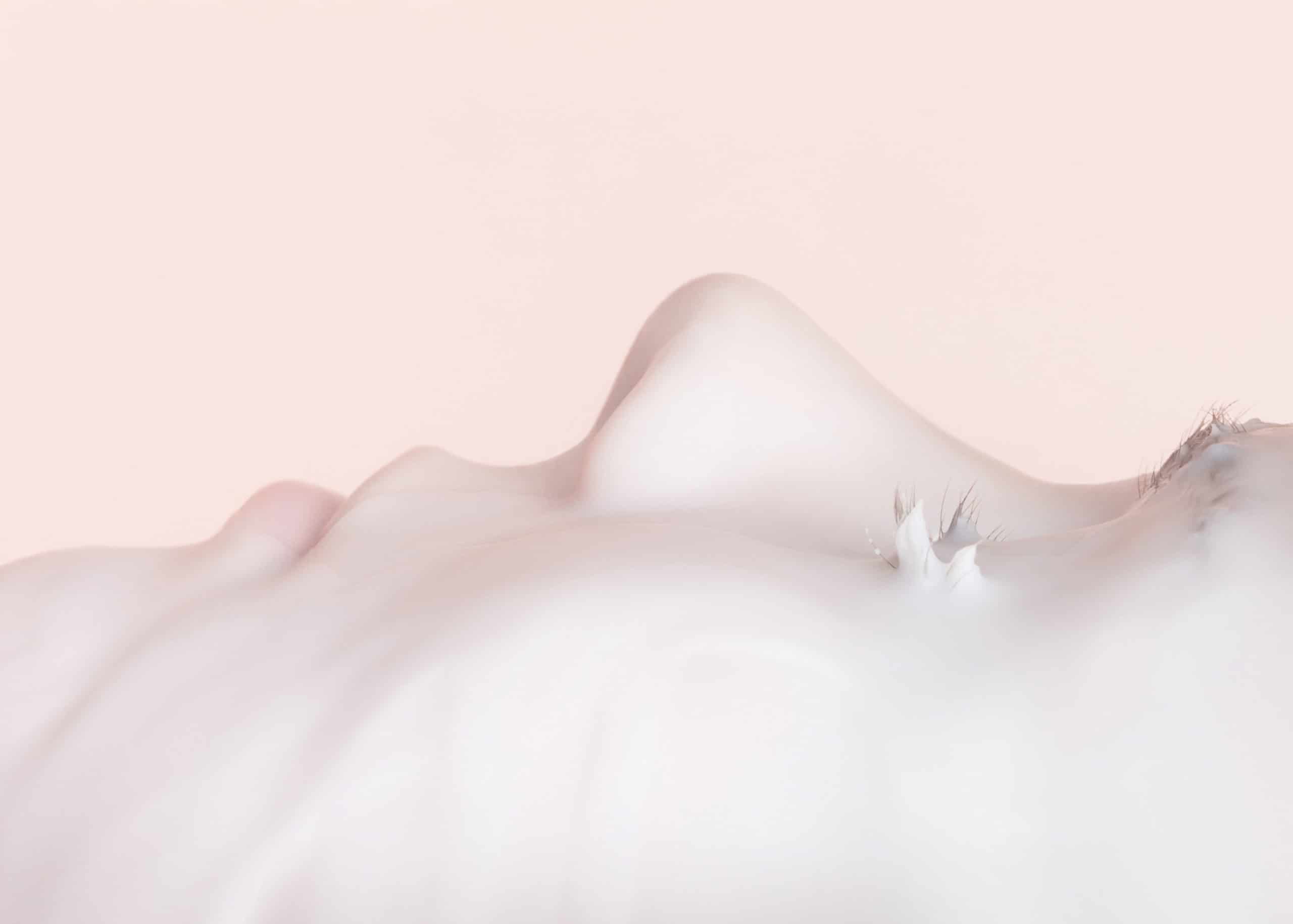
Marta Zgierska, Votive figure
Marta Zgierska, Afterbeauty
PG: Would you mind sharing how the pandemic influenced your exhibitions scheduled for spring and summer?
MZ: I should’ve been in-between my travels to Milan and Paris at the moment. Spring was going to be so intense. Art Paris, Photobasel, MIA Photo Fair were all confirmed… My partner Mateusz Sarełło and I were going to take part in an exhibit at Bunkier Sztuki (Kraków) and premiere the book “Garden” as part of the Kraków Photomonth celebrations. It’s hard to discuss plans when everything is stuck in limbo right now, everything got pushed to autumn, but no one knows if anything will actually pan out then. We’ll see.
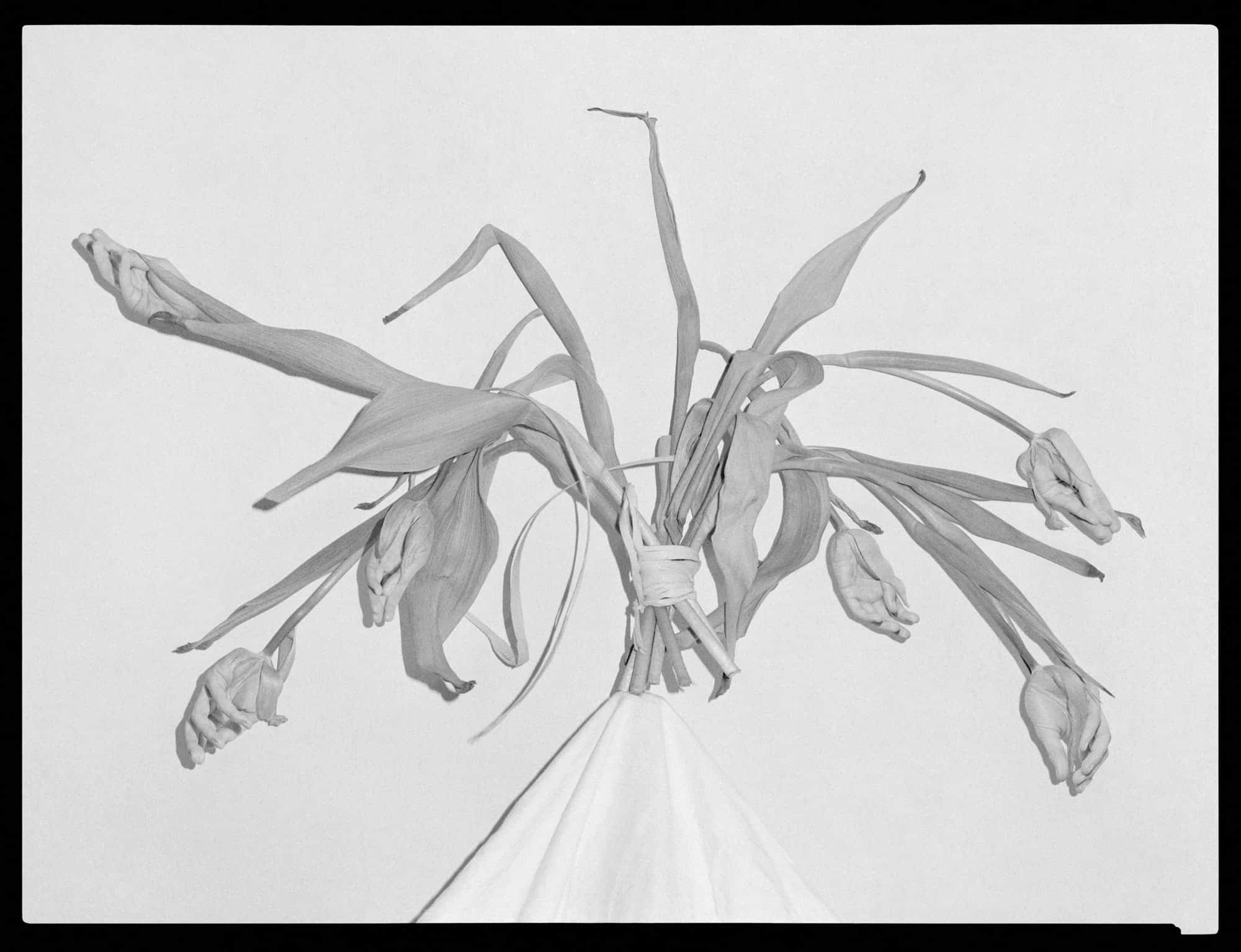
Marta Zgierska, Garden
Marta Zgierska, Votive figure





